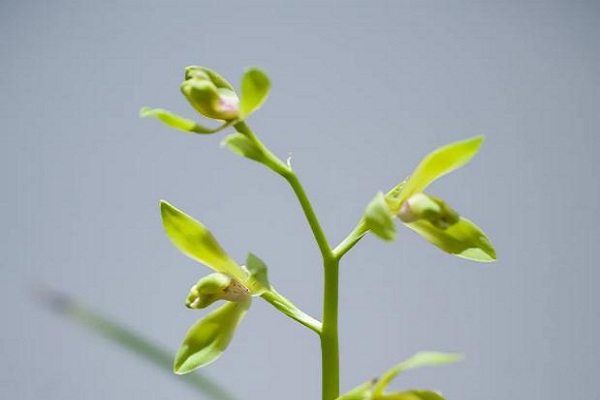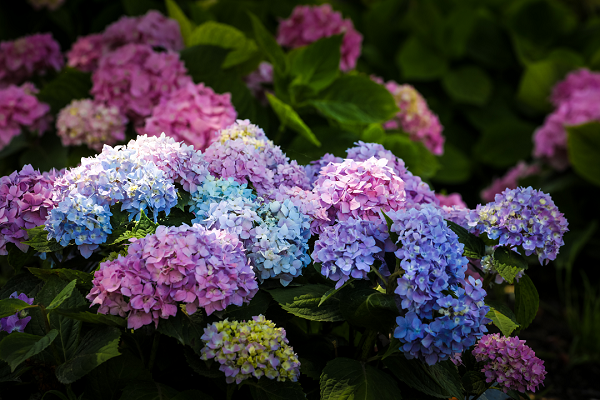The site is in Tangcunmiao village, Xiaokunshan town and is at the junction of two major rivers of Zoumatang as well as its surrounding area. In 1962, Songjiang Museum and Shanghai Cultural Relic Management Committee discovered during an archaeological investigation, that pottery, ceramic pieces, incomplete stone articles, bricks and tiles in the Jin Dynasty (AD 317~420) were spread all over the northern tank of Zoumatang.
On the banks of the Huatianjing River, they also collected Neolithic grayish black pottery pieces, tee-shaped tripod legs and stone knives, stone axes, stone adzes and stone arrowheads. Moreover, they discovered tombs in the period of the Songze Culture and, four wells dug in the Western Zhou and Han dynasties. There were 78 cultural relics made in the Shang (1600~1046 BC), the Zhou (770~256 BC), the Spring and Autumn (770~476 BC), the Warring State Period (403~221BC), the Jin (AD 317~420), the Tang (AD 618~907) and the Song dynasties (AD 960~1279). Tangcunmiao is located in the three-river area that was often flooded. The excavated tombs and wells survived the destruction of floods.
The wells are a straight tubular earth wells reinforced with reeds and bamboo chips. Their diameter is about 1m and the residual depth is 1.5 meters. They are representative of the early wells in China.
The discovery of the wells not only provides important examples for the studies on the various forms of early wells in China, but also proves that the people in that period had reversed the passive situation that human life had to rely on river sources.
In 1980 and 1982, the archaeologists from the Shanghai Cultural Relic Management Committee made trial excavation of the Tangcunmiao Historical Site several times. According to the preliminary detection, the area of this site is about 64,000 square meters.
It has the cultural remains in the early and late periods of the Songze Culture. The remains in the late period are in the black soil layer 1.34~2.20m under the ground. In the four tombs, 39 articles under the Maqiao category of impressed pottery culture were discovered and unearthed, such as: triangular stone knife, crescent stone knife, rectangular perforated stone axe and a triangular perforated stone plow.
Among them, the stone axe is similar to the Liangzhu Culture, suggesting that it was in a stage of transition from the Songze Culture to the Liangzhu Culture. According to the thermo-luminescence determination of the Science Laboratory of Shanghai Museum, the items were buried about 4,860 years from today.
The stone plow unearthed from tomb 1 was ground from slates. It is an isosceles triangle, 13.9cm long and 10.4cm wide, with a double-lip surface on two sides, an included angle of 73 degrees, and a hole of Ф3cm in the center.
It is different from any remains of the Songze Culture in Shanghai and also one of the earliest stone plows discovered in China. Its discovery proves that production life had transitioned into a stage of plowing 5,000 years ago. The stone plow is collected in the Shanghai Museum.
In December of 1977, the historical site in Tangcunmiao was announced as a heritage site under the protection of Shanghai.


